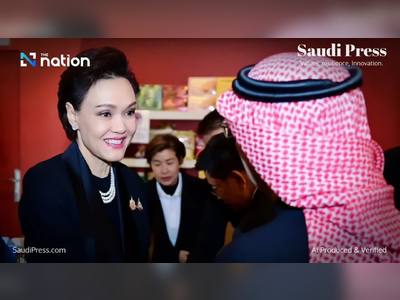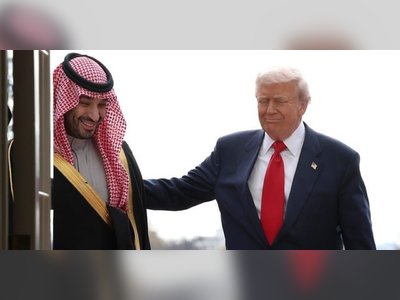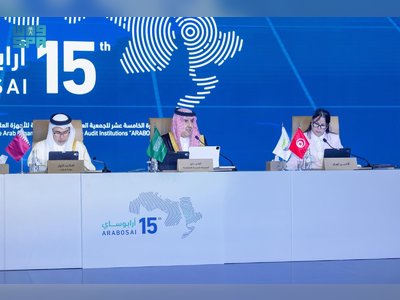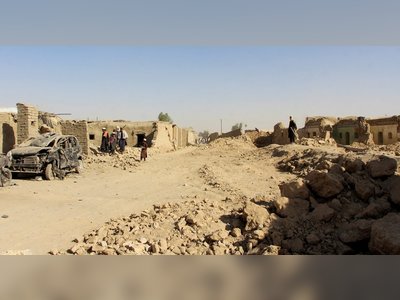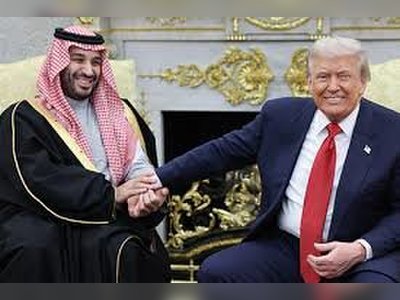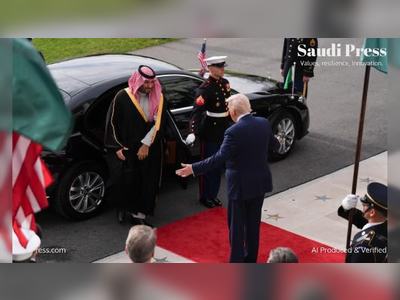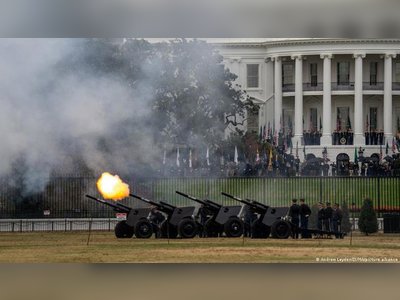Shenzhen takes on role as basic research centre amid US
Shenzhen ranks well behind Beijing and Shanghai when it comes to government support in basic science
Shenzhen, home to Chinese tech giants Tencent, Huawei and DJI, is known for warp speed when it comes to new product development – whether that be in mobile games, 5G wireless technology, or consumer electronics.
Now the Chinese government wants the southern metropolis, designated the country’s first special economic zone 40 years ago when it was a sleepy fishing village, to focus on the longer term by giving it an added role: fundamental research and development.
Often called China’s Silicon Valley, the city of 12 million has been named as the location of the country’s fourth major national science centre amid the Chinese government’s ambitions to become a global technology and innovation powerhouse.
“China is very good at the hardware, but basic research is not a simple task,” said Jonathan Chee, project director at the Centre for Entrepreneurship of the Chinese University of Hong Kong. “The most cutting-edge research and technology are in the universities and it’s not easy to bring the talent together to form a cluster … I’m worried that the efforts would be too costly.”
The science centres, managed by the Chinese Ministry of Science and Technology and the National Development and Reform Commission, include technology parks and government-funded laboratories tasked with undertaking basic research in fields such as nuclear reactions, quantum physics and astrophysics. The three existing science centres are in Beijing to the north, Shanghai on the east coast, and Hefei in central China.
“Shenzhen is very innovative in technology applications, but the city is traditionally weak in basic science research,” said Guo Wanda, executive vice-president of the Shenzhen-based think tank China Development Institute. “Without breakthroughs in technologies, the city will be one step behind other international cities.”
Details of the Shenzhen project were unveiled by Chinese authorities in August as government planners looked to major mainland cities to drive regional development amid China’s ongoing trade and tech war with the US.
Chinese President Xi Jinping has repeatedly called for industry to innovate and become more self-reliant. “Self-determination and innovation is the unavoidable path … to climb to the world’s top as a leading player in technology,” Xi told a group of Chinese scientists last year. “We [should] hold innovative development tightly in our own hands. [We have to] put much effort in key areas where we are facing bottlenecks … and make breakthroughs as soon as we can.”
As a key plank in China’s many policies to advance basic research, the national science centres are designed to serve the strategic needs of the nation by bringing together high level talent and offering an open research environment, according to the country’s 13th five-year plan.
“Large-scale technology infrastructure and national labs are expected to be built in Shenzhen, especially in the fields of biological science, cyberspace and materials science,” said Guo.
Shenzhen already has China’s first national gene bank and has hosted a national supercomputing centre, though the city still ranks well behind Beijing and Shanghai when it comes to government support in basic science, with 90 per cent of the research institutions in the city funded by private enterprises.
“For basic science research, it is necessary to have central government support it is a national strategy and needs nationwide effort no matter whether in the US or Japan,” said Liu Ruopeng, head of the Shenzhen-based Kuang-Chi Institute of Advanced Technology, a not-for-profit research institute backed by Kuang Chi Group.
Silicon Valley owes its start in large part to Stanford University in Palo Alto, Japan’s Tsukuba Science City is home to the STEM-focused University of Tsukuba, while Taiwan’s Hsinchu Science Park has drawn engineering graduates from nearby National Chiao Tung University and National Tsing Hua University.
However, Shenzhen is not known for its institutions of higher education. Shenzhen University, located in the city’s Nanshan district, was placed in the 601st to 800th group in terms of global ranking, according to The Times Higher Education World University Rankings.
Beijing, in contrast, boasts two of the country’s top universities, Peking University and Tsinghua, which rank among the top 50 internationally. As of this year, the Chinese capital had also established a cluster of around 90 universities. Elsewhere, Shanghai’s Fudan University and Shanghai Jiao Tong University and Hefei’s University of Science and Technology are all ranked among China’s top 10 universities.
Shenzhen’s status as a science centre is expected to encourage overseas universities to set up graduate schools and research institutes in the city. The University of Cambridge in the UK and Peking University are in talks about hosting joint programmes in Shenzhen while the Shenzhen MSU-BIT University was jointly established by Lomonosov Moscow State University and the Beijing Institute of Technology.
Shenzhen beat more than a dozen rivals including Chengdu in the southwest and the central Chinese cities of Xi’an and Wuhan, to secure the country’s fourth science centre. Industry experts point to a few advantages that enabled Shenzhen to win amid the fierce competition. One was its role as the technology driver in the Greater Bay Area, a central government plan to turn 11 cities in southern China into an international innovation and technology hub to compete globally.
Another advantage was geography. “The three current centres are located in north, east and central China respectively. The new centre in Shenzhen will help balance the output of national innovation and drive economy transformation in southern China,” said Liu.
It is not hard to understand why Chinese cities vie so keenly for such designations. Like in Silicon Valley, Tsukuba and Hsinchu, government support combined with top level universities attract the talent and capital needed to succeed. Shenzhen, too, expects to see new labs, institutions and universities with its new-found national science status, say experts.
The Shanghai Science Centre has received funding of 13.8 billion yuan (US$2 billion) from the central government for “multiple large-scale scientific facilities”, according to a recent report from state media Xinhua. By 2020, the Chinese government plans to invest 30 billion yuan in the three key centres.
By 2018, China had announced 38 large-scale scientific facilities in areas such as physics and astronomy – 22 operating and the remainder planned – but none are in southern China. Most are co-located within the existing three national science centres.
Shanghai was chosen to host the country’s first national science centre in 2016, supported by infrastructure to enable life science, supercomputing and photon research for applications in integrated circuits, artificial intelligence and bio medicine. The second national science centre in Hefei is focused on information technology, energy, health and the environment, and will conduct research in areas such as quantum communications, nuclear fusion, smog prevention and cancer treatment.
The nation’s third facility, to be operating in the capital of Beijing by 2020, will focus on physical science, space science and geoscience.
Shenzhen’s designation as a national science centre may be new but the city’s planners have had their eyes on the prize for a while. In January 2018, the city government proposed a national science and technology centre and laid out an ambitious proposal called “Ten Plans” that entailed 10 scientific and technology infrastructure projects, 10 overseas innovation centres and 10 manufacturing innovation centres.
There is even a plan to establish 10 laboratories backed by Nobel Prize-winning scientists, with blue LED inventor and 2014 Nobel laureate in physics Shuji Nakamura and 2005 laureate in chemistry Robert Grubbs already signed up.
“We cannot expect to make a profit from basic science research as quick as technology applications,” said Guo. “We have to keep investing and be patient.”



